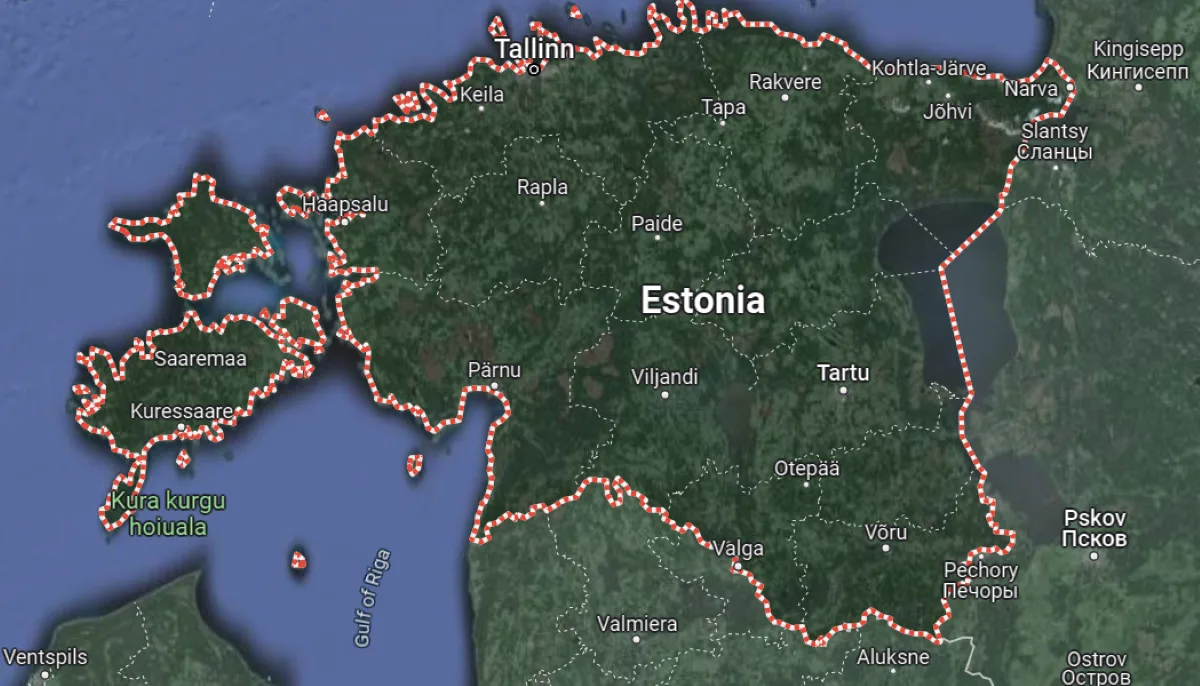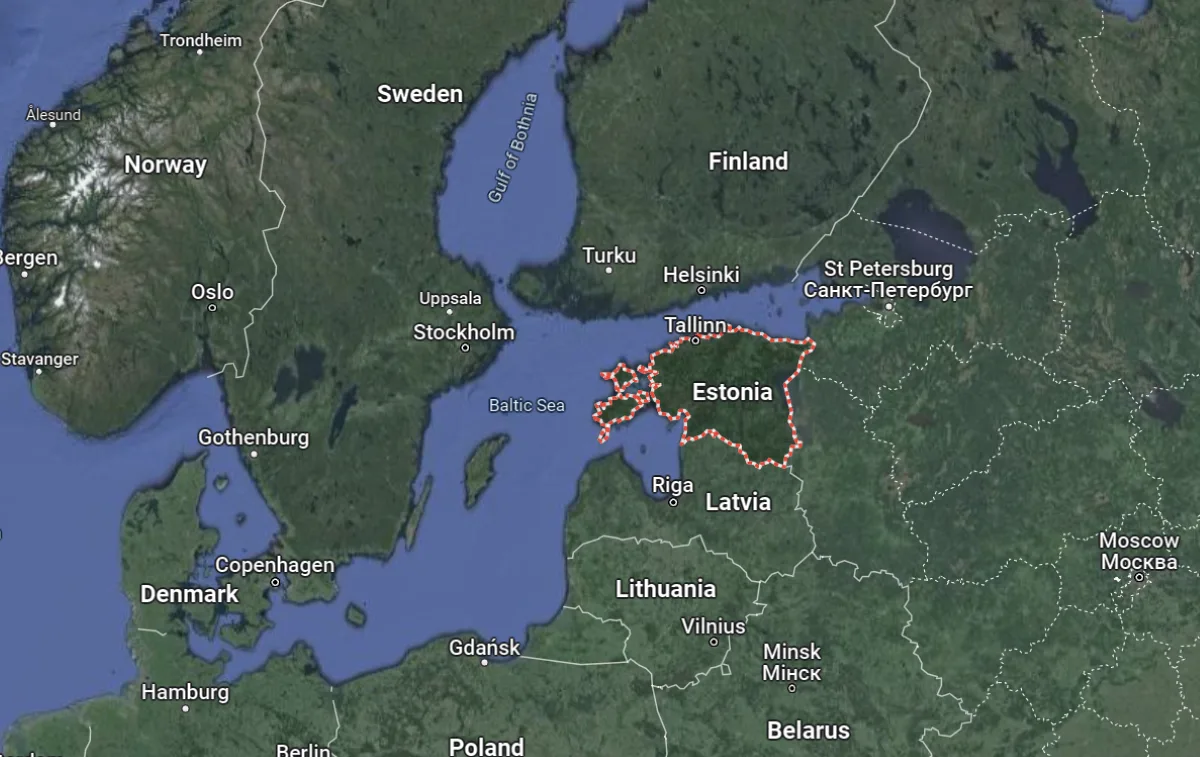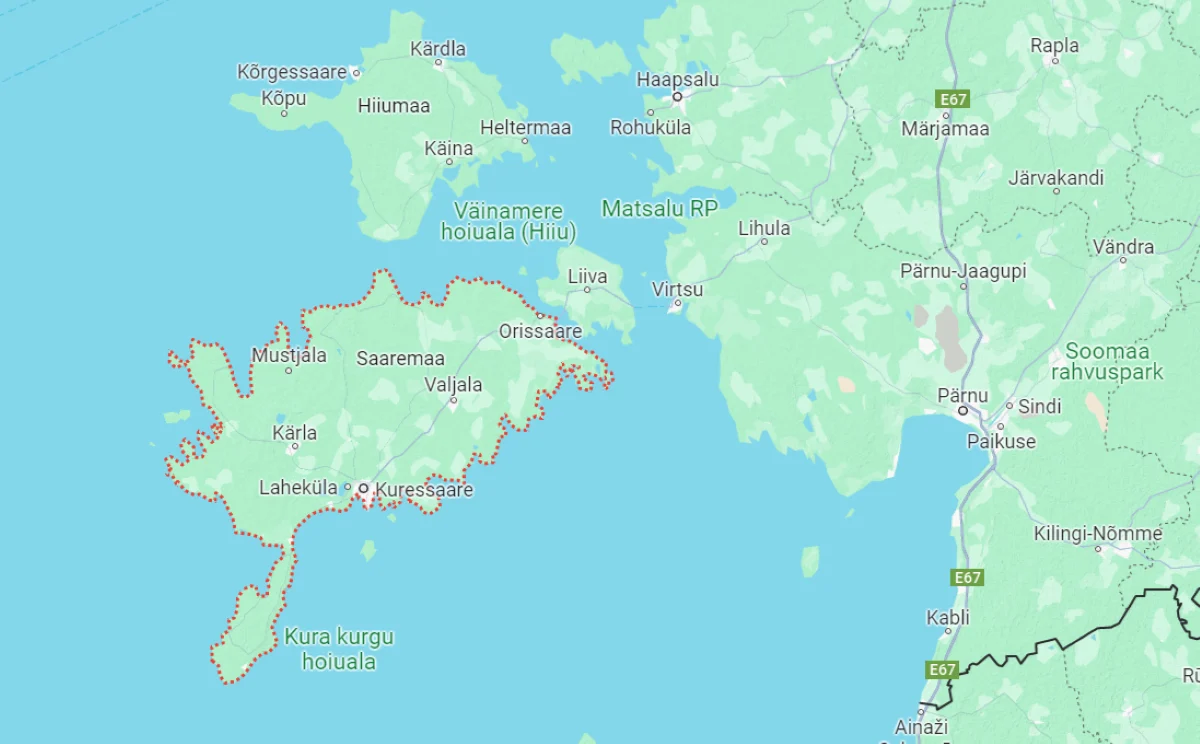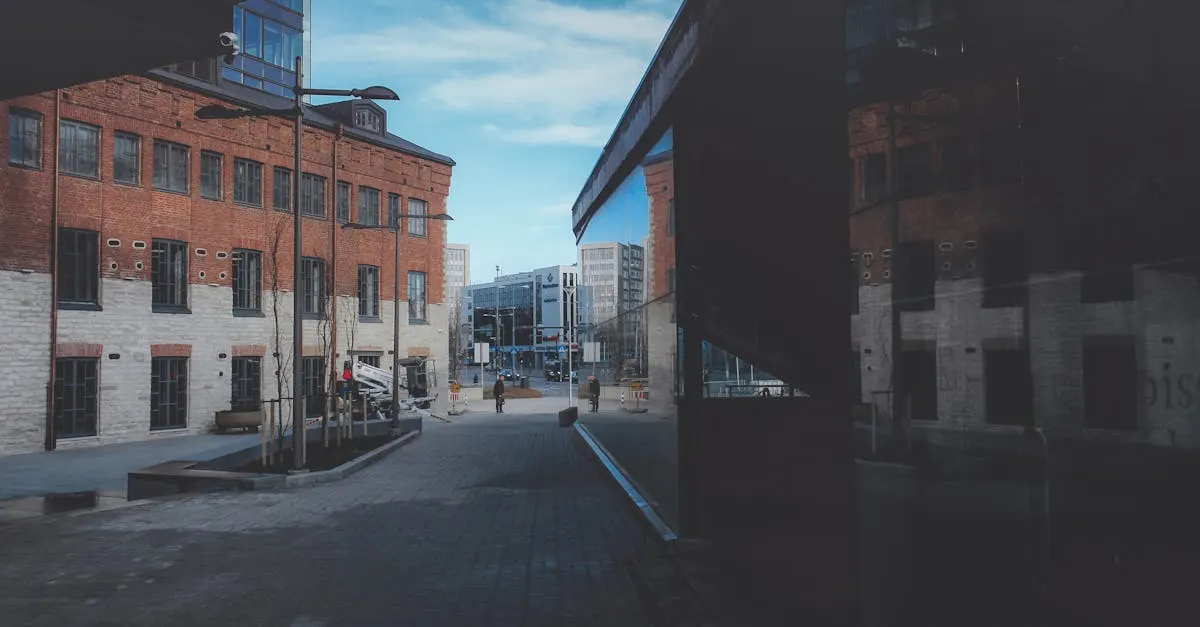Ever wondered where Estonia is located? You’re not alone. This small but vibrant country often slips under the radar. It’s time to put Estonia on your world map!
Nestled in Northern Europe, Estonia is a hidden gem waiting to be discovered. It’s a unique blend of cultures and history, with a dash of tech-savvy innovation.
History of Estonia

Now that you’ve pinpointed Estonia on the map, let’s dive into its rich tapestry of history. Over centuries, this Northern European nation has seen numerous civilizations come and go. Each leaving a distinctive mark, shaping the country you see today.
Rewind to 9,000 years ago – Estonia’s story begins. It was then that Finno-Ugric tribes first settled here. They endured the Middle Ages, during which time multiple foreign powers sought to conquer Estonia’s strategic location.
In the following centuries, Denmark, The Teutonic Order, and Sweden, in that order, dominated Estonia. But it wasn’t until the 18th century that the Russian Empire claimed it.
Fast forward to World War I and the subsequent Russian Revolution. Both events played crucial roles in Estonia’s independence on February 24, 1918.
However, this freedom was short-lived. They faced several invasions by the Soviet Union, Nazi Germany, and then once again by the Soviets during World War II. Post-war, Estonia ended up under Soviet rule.
Let’s jump to the late 20th century. You’ll find Estonia in the throes of ‘the Singing Revolution’. This peaceful and melodious mass protest marked a crucial step in regaining independence.
The country resurfaced on the world map as a sovereign entity on August 20, 1991.
And then emerged Estonia’s digital revolution in the 21st century, symbolizing its leap towards tech-savvy innovation. You’ll see a country ripe with opportunities and a vibrant blend of cultures, shaped by a colorful and complex past.
But there’s more to Estonia’s story. The future! The unique mosaic of rich history and technocratic approach forecasts a promising horizon for Estonia. The best part? You can witness this transformation unfold.
So, are you ready to delve deeper into this small but influential European powerhouse?
The History of Estonia may be vast and intricate, but it’s equally important to know about Estonia’s modern identity.
It’s fascinating to see centuries-old traditions coexist with cutting-edge technological advancements. Stay tuned to learn more about this intriguing cultural cocktail that is modern Estonia.

Geographic Location
Diving into the geographic specifics, Estonia is positioned in Northern Europe. This fascinating country perches on the eastern shores of the Baltic Sea. It’s snuggly fitted between its Scandinavian and Baltic neighbors as well as Russia.
To pinpoint Estonia’s exact location, you’ll find it at latitudes 57.4° N and 59.5° N and longitudes 21.5° E and 28.1° E. It’s the northernmost nation among the three Baltic states—comprising Estonia, Latvia, and Lithuania.
Having a closer look at Estonia’s neighbors, you’ve got Russia on the east, and Latvia to the south. Across the sea lies Sweden to the west and Finland to the north.
Specifically, the Finnish capital, Helsinki, is just 80 kilometers across the gulf. Talk about a stone’s throw away!
Infused with a rich mix of landscapes, Estonia offers a feast for your eyes. It’s home to about 2,222 islands and islets peppered in its territorial waters within the Baltic Sea and Gulf of Finland.
From low-lying forests and marshes to picturesque lakes, Estonia’s scenic beauty is truly captivating.
Amid Estonia’s serene expanse of verdant landscapes, the country’s highest point gracefully stands out. Known as the Suur Munamägi, it rises to the uninterrupted sky, reaching a height of 318 meters.
This geographic location, combined with Estonia’s determined spirit and vibrant culture, crafts a dynamic environment. The melding of tradition and technology here creates a space that’s both familiar and progressive.
As our story unfolds, the complex tapestry that is Estonia continues to reveal itself, highlighting the country’s resilience and forward-thinking.

Cultural Diversity
Moving beyond Estonia’s captivating geography, you’re going to find an intriguing mix of cultural diversity. Influenced by centuries of history and its strategic location, Estonia’s cultural landscape is a rich tapestry.
Foreign influences have steeped in Estonia’s culture, given its proximity to Russia, Latvia, Sweden, and Finland. Despite these influences, the country has managed to retain a distinctive personality.
You’ll see this in the language, customs, and traditions. Estonian identity is not lost but enhanced by its historical neighbors.
One key example is the traditional Estonian song festival known as Laulupidu. Rooted in the 19th-century national movement, it’s a powerful demonstration of communal spirit and national pride.
The festival brings together thousands of choir singers and is inscribed on UNESCO’s list of Masterpieces of the Oral and Intangible Heritage of Humanity.
Contrasting this tradition, Estonia’s progressive nature comes to the fore with its high-tech focus. This country impressively calls itself E-stonia, a nod to its advanced digital society.
It offers e-residency, catapulting their nation into the digital future and, in turn, attracting a new wave of global citizens.
Meanwhile, the many islands in Estonia’s archipelago are known for their unique cultures. Saaremaa, Hiiumaa, and Muhu are just a few examples where you’ll find their own distinct dialects, traditions, and even fashion.
In essence, Estonia’s Cultural Diversity is a beautiful blend of maintaining rich traditions while embracing technological advances. This delicate balance renders a unique Estic identity, enriching the country’s progressive bearings without overshadowing its deeply rooted heritage.
Reflecting its geographical diversity, the cultural landscape of Estonia is varied and rich, offering a peek into a singular northern European identity.
Prominent Landmarks in Estonia
| Landmark | Description |
|---|---|
| Tallinn Old Town | A UNESCO World Heritage Site, Tallinn Old Town is renowned for its medieval architecture, cobblestone streets, and well-preserved city walls. |
| Kadriorg Palace | Built by Peter the Great, Kadriorg Palace is a stunning Baroque palace surrounded by beautiful gardens and parks. |
| Alexander Nevsky Cathedral | An iconic Orthodox cathedral located in Tallinn, known for its impressive onion domes and intricate interior decorations. |
| Saaremaa Castle | Located on the island of Saaremaa, this medieval fortress offers a glimpse into Estonia’s rich history. |
| Rakvere Castle | A well-preserved medieval castle in Rakvere, providing insights into medieval life and warfare. |
This table includes some of the most prominent landmarks in Estonia, along with brief descriptions of each.
Frequently Asked Questions (FAQs)
What cultures have influenced Estonia?
Estonia’s cultural identity has been shaped by foreign influences from neighboring countries like Russia, Latvia, Sweden, and Finland. These influences subtly imprinted on Estonia’s language, customs, and traditions, though the country managed to maintain its distinctive personality.
What are traditional Estonian celebrations?
Traditional Estonian song festivals like Laulupidu stand out among the country’s cultural celebrations. They showcase Estonia’s communal spirit and national pride, uniting Estonians in a unique display of their heritage.
How is Estonia a progressive nation?
Estonia boasts an advanced digital society infrastructure, even offering e-residency that attracts global citizens. This showcases the progressive nature of this Northern European country as it innovatively balances technology and tradition.
What unique cultures are found on Estonia’s islands?
Estonia’s islands each boast unique cultures, distinguishable through individual dialects, traditions, and fashion styles. It is a testament to Estonia’s cultural diversity and resilience narrating their multifaceted history.
How does Estonia balance tradition and progress?
Estonia’s cultural landscape harmoniously blends both rich traditions and technological advancements. By honoring its deeply rooted heritage while pushing for progress, Estonia presents an enriching, progressive identity.
Conclusion
- Now that you’ve journeyed through Estonia’s vibrant cultural landscape, experiencing its unique blend of tradition and innovation.
- You’ve discovered how this small Baltic nation, nestled between Russia, Latvia, Sweden, and Finland, has forged a distinct identity.
- You’ve witnessed the communal spirit at the heart of Estonia’s song festivals and the progressive strides in its digital society.
- You’ve ventured to its islands, each a cultural gem with its own dialects and customs.
- It’s clear that Estonia is a fascinating mix of the old and the new, a country that honors its past while embracing the future. This balance is what makes Estonia truly special.
- So, when you’re asked “Where is Estonia?” you can confidently say it’s not just a place on a map, but a dynamic nation with a rich and diverse cultural tapestry.

